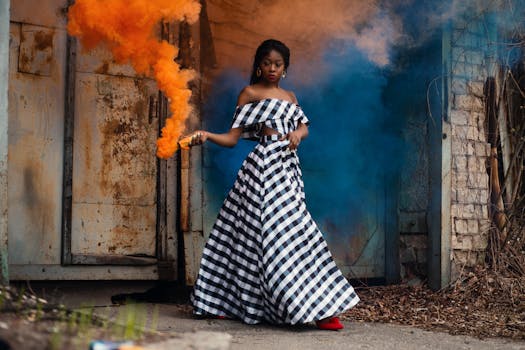The Importance Of A Diamond's Cut
Share

Diamonds are a girl's best friend, or so goes a popular adage. The diamond is the most prized among gemstones because of its inherent strength and hardness. This quality of the diamond is the reason why most engagement rings and wedding rings are adorned with the diamond – it has come to symbolize eternal and undying love. But more than its hardness, the diamond is most cherished because of its beauty, and the beauty of a diamond is largely dependent on the way it was cut.
What is a Diamond Cut?
When we speak of diamond cuts, we do not refer to the shape into which the diamond has been fashioned. The cut of a diamond refers to the proportions of the diamond – its depth, its width and its symmetry – and how they work together to bring out a diamond’s brilliance and sparkle. How the diamond has been cut dictates how the light will react to the gemstone as it enters the stone’s surface, as well as how the light will behave once it exits the stone.
The diamond cut is actually the most important gauge of the quality of a diamond. Even if a diamond has a good clarity and color, a bad cut will only spoil its beauty. A perfectly cut stone will allow light to shine through it; a badly cut stone will lose the light. Diamonds, after all, are cherished most for their shine.
What is a Good Diamond Cut?
As mentioned above, the diamond cut refers to the proportions of the diamond and how they work together to allow light to bring out the gemstone’s brilliance. A diamond with a good cut has a balanced width and depth, and whose facets are aligned with each other.
It is important for a diamond to have just the right width and depth. The width of a diamond is measured through its girdle, the widest part of the diamond where the top and bottom halves of the stone meet. The top of the diamond is called the crown while the bottom is called the pavilion. On the other hand, the depth of the diamond is the measure from its table through its culet. The table is the largest facet of the diamond, located on top of the crown, while the culet is the smallest facet right at the bottom of the pavilion.
When the width and depth of the diamond is just right, it will have a lovely sparkle when it is brought to the light. If the diamond’s cut is too shallow, meaning that the stone is too wide at the girdle and too short at the pavilion, the light will just travel through and away from the bottom of the diamond. The light will not bounce back up, making the stone appear dull and lifeless.
If the cut of the diamond is too deep, meaning the girdle is too slim and the pavilion too long, the light entering the diamond will bounce off to the side, making the diamond appear dark.
The diamond whose width and depth is just right will make the light entering it bounce from once side to another, and then back up to the table to make the whole stone shine.
The Symmetry and Polish of the Diamond
Aside from the width and depth of the diamond, the symmetry of its facets is also important in determining if it has a good cut or not. A diamond is considered to be symmetrical if its facets are aligned with each other. It the facets of the diamond are correctly aligned with each other, the light will bounce off from facet to facet and bring out the full brilliance of the diamond. If the facets of the diamond are misaligned, the light will bounce off somewhere else and become lost along the way.
The polish of the diamond should never be brushed aside as well. A diamond must have a good polish for the light to be able to through the stone. Without the light going through the diamond, there would be no brilliance to speak of in the first place.

The Different Diamond Cuts
There are two basic kinds of diamond cuts – the brilliant and the step.
Brilliant diamond cuts are meant to play up the diamond’s ability to shine and sparkle, as suggested by the name. A diamond done in the brilliant cut has small triangular facets along the crown. More facets mean more surfaces for the light to bounce off from, and this means that the diamond will shine more brightly. Common brilliants are the round cut and the princess cut.
The step diamond cut, on the other hand, focuses more on the clarity of the diamond rather than its ability to shine. The shape is either rectangular or triangular, with its sides cut away to make them slope and appear like the steps on a staircase. A common step cut is the baguette cut, which is square in shape. Another common step cut is the emerald cut; a diamond cut that is rectangular but has its corners cut away.
There are other kinds of diamond cuts, created by and named after some prominent diamond jewelry designers, and these cuts are patented.
The diamond cut is the most important aspect to look at when judging the quality of a diamond. The diamond is a gemstone that is highly prized for its ability to sparkle brightly when it catches light. The diamond cut must be done correctly to bring forth this ability of the diamond.
